Advertisement
The growing use of transformer models in machine learning has created a demand for faster inference and more flexible deployment. While these models deliver impressive results, they are often heavy, slow, and not ideal for production environments out of the box. That's where exporting them to a more efficient format, such as ONNX (Open Neural Network Exchange), becomes useful.
ONNX helps break the dependency on a specific framework, making models easier to run across various platforms and devices. Hugging Face Optimum offers a straightforward way to convert transformers into ONNX without needing to dig deep into framework-specific conversion logic. This guide covers how it works, why you'd want to use it, and how to handle practical aspects of the conversion process.
Transformers are powerful but computationally expensive. PyTorch-based models from Hugging Face's Transformers library are great for experimentation but might not perform well when deployed in production settings where speed, memory, or cross-platform compatibility matters. ONNX helps by representing models in a platform-agnostic format that can run on various backends, such as ONNX Runtime, TensorRT, or OpenVINO, depending on the hardware and use case.
Using ONNX also helps strip down unnecessary overhead tied to PyTorch or TensorFlow environments. The ONNX model graph is optimized to be faster and use fewer resources, a feature that is particularly beneficial for usage in edge devices, mobile applications, or big-scale inference systems. Hugging Face Optimum packages this feature in an easy-to-use interface so that users do not need to write direct conversion code or deal with multiple tools.
Hugging Face Optimum is a companion library built to optimize transformer models for deployment. One of its key features is ONNX export, and it integrates smoothly with Hugging Face Transformers. Before converting anything, make sure the necessary packages are installed. This includes transformers, optimum, onnxruntime, and optionally optimum[onnxruntime] if you want everything bundled.
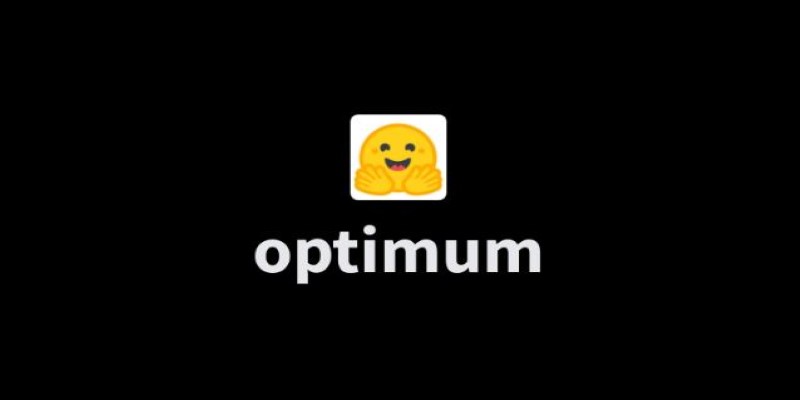
Start by loading the model and tokenizer you want to convert. Most common transformer models like BERT, DistilBERT, and GPT-2 are supported. Hugging Face Optimum uses optimum.exporters.onnx under the hood, offering CLI tools and Python APIs for model export. Both approaches work well, though the Python API gives more control.
To export a model using the command line, a simple command looks like this:
optimum-cli export onnx --model bert-base-uncased ./onnx-model
This fetches the model from the Hugging Face Hub and saves the ONNX version locally. If you prefer using Python, you can do:
from optimum.onnxruntime import ORTModelForSequenceClassification
from transformers import AutoTokenizer
model_id = "bert-base-uncased"
model = ORTModelForSequenceClassification.from_pretrained(model_id, export=True)
tokenizer = AutoTokenizer.from_pretrained(model_id)
model.save_pretrained("./onnx-model")
tokenizer.save_pretrained("./onnx-model")
In this code, export=True ensures that the PyTorch model is exported to ONNX when loaded.
When you export a transformer to ONNX using Hugging Face Optimum, the library first runs shape inference and checks the model's compatibility with ONNX. Not every model or layer is fully supported by the ONNX format, but most standard architectures convert cleanly.
During export, the model is traced using torch.onnx.export or other backend-specific exporters. The resulting ONNX model contains a simplified graph of the operations needed for inference. Some dynamic operations are converted into static ones when possible, which makes the model easier to optimize later.
The exported file usually includes:
These components are needed to replicate inference exactly as it works in Transformers.
ONNX also has different versions and operator sets, so Hugging Face Optimum tries to match the ONNX opset with what’s most compatible with the model architecture and target runtime. You can manually adjust this by passing the opset argument during export, but the default usually works fine.
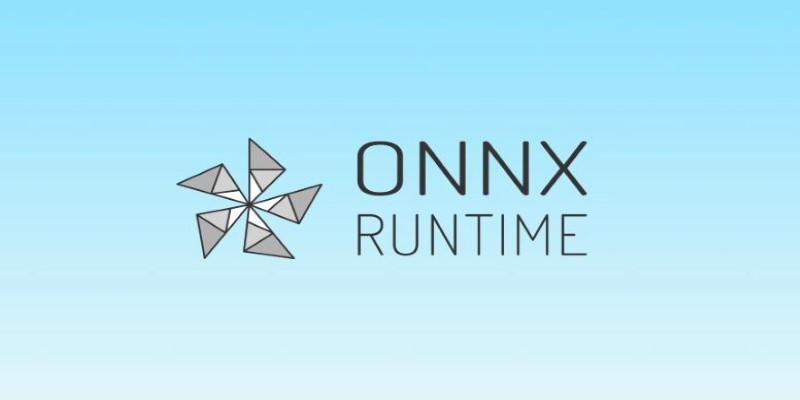
Exporting the model is only the first step. To get real gains, you need to run it using an optimized inference engine like ONNX Runtime. ONNX Runtime supports several acceleration options, including CPU, GPU, and custom accelerators, depending on your setup.
You can load and run inference on your ONNX model like this:
import onnxruntime
from transformers import AutoTokenizer
tokenizer = AutoTokenizer.from_pretrained("./onnx-model")
session = onnxruntime.InferenceSession("./onnx-model/model.onnx")
inputs = tokenizer("This is a test sentence.", return_tensors="np")
outputs = session.run(None, dict(inputs))
Inference with ONNX Runtime can lead to significant speedups—up to 2x or 3x, depending on the model and hardware. Memory consumption also tends to be lower since the ONNX graph is stripped of training components and other unused logic.
You can go further by using ONNX Runtime's optimization tools, quantization, or hardware-specific providers like TensorRT. Hugging Face Optimum offers integration points for some of these, though not all are covered in the basic export step. Quantization, for instance, can reduce model size and speed up inference even more by converting model weights from float32 to int8.
When working with ONNX models in real applications, batch size and sequence length impact performance significantly. Fixed-shape models (e.g., batch size 1, sequence length 128) often run faster than models supporting dynamic shapes, so if your use case is predictable, fix these values during export.
Converting transformer models to ONNX using Hugging Face Optimum is a practical step for making machine learning projects more efficient and deployment-ready. This process simplifies the transition from research to production by reducing model size, improving inference speed, and enabling compatibility across different platforms and hardware. With minimal setup, you can move from a PyTorch-based model to a fully optimized ONNX version that runs smoothly with ONNX Runtime or other supported engines. Hugging Face Optimum streamlines the entire process, letting you focus more on the application and less on the infrastructure. It's a valuable tool when performance and flexibility are crucial in real-world AI tasks.
Advertisement

How a course launch community event can boost engagement, create meaningful interaction, and shape a stronger learning experience before the course even starts
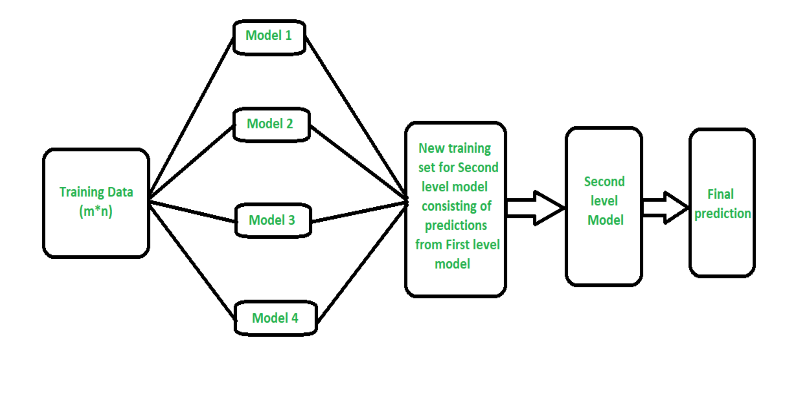
Curious how stacking boosts model performance? Learn how diverse algorithms work together in layered combinations to improve accuracy—and why stacking goes beyond typical ensemble methods

How Stable Diffusion in JAX improves speed, scalability, and reproducibility. Learn how it compares to PyTorch and why Flax diffusion models are gaining traction
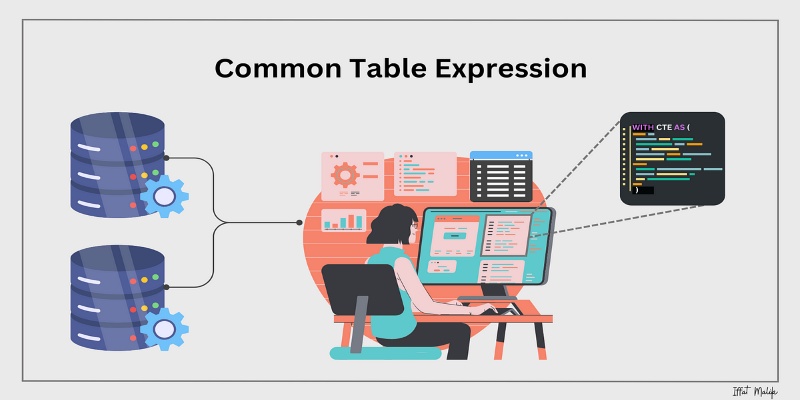
Learn what a Common Table Expression (CTE) is, why it improves SQL query readability and reusability, and how to use it effectively—including recursive CTEs for hierarchical data

Looking for practical data science tools? Explore ten standout GitHub repositories—from algorithms and frameworks to real-world projects—that help you build, learn, and grow faster in ML

How the Annotated Diffusion Model transforms the image generation process with transparency and precision. Learn how this AI technique reveals each step of creation in clear, annotated detail

Curious about how to start your first machine learning project? This beginner-friendly guide walks you through choosing a topic, preparing data, selecting a model, and testing your results in plain language
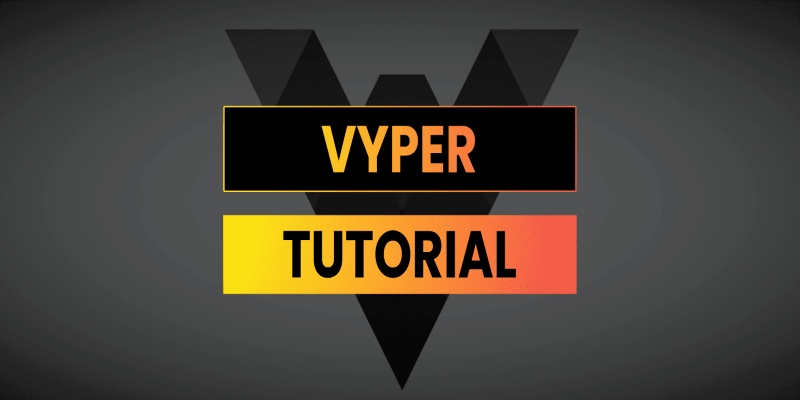
Curious why developers are switching from Solidity to Vyper? Learn how Vyper simplifies smart contract development by focusing on safety, predictability, and auditability—plus how to set it up locally
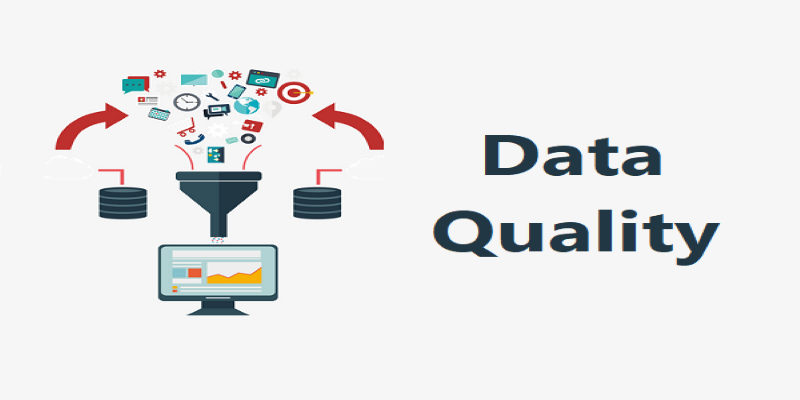
Explore how data quality impacts machine learning outcomes. Learn to assess accuracy, consistency, completeness, and timeliness—and why clean data leads to better, more stable models
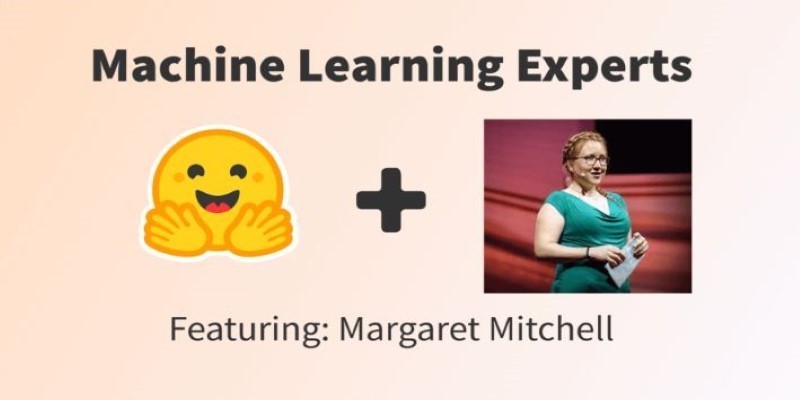
How Margaret Mitchell, one of the most respected machine learning experts, is transforming the field with her commitment to ethical AI and human-centered innovation
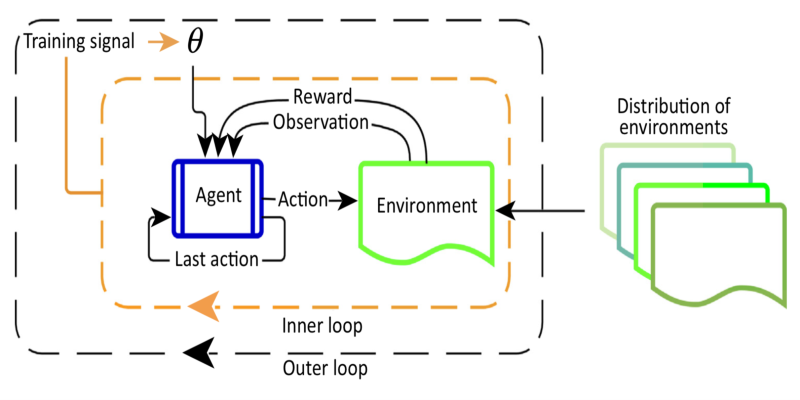
Curious about Meta-RL? Learn how meta-reinforcement learning helps data science systems adapt faster, use fewer samples, and evolve smarter—without retraining from scratch every time
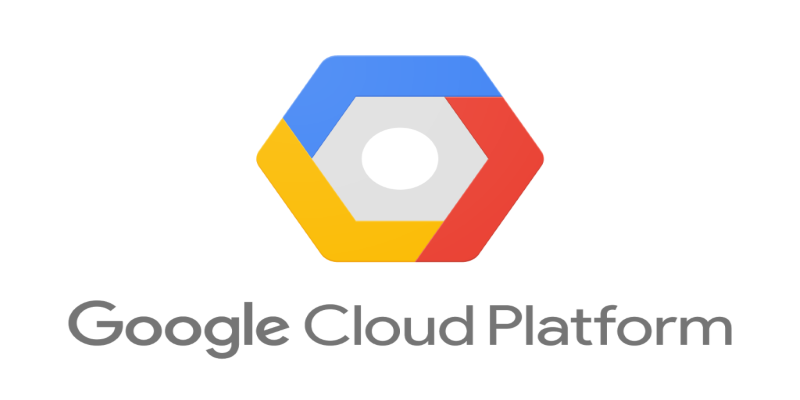
Explore how Google Cloud Platform (GCP) powers scalable, efficient, and secure applications in 2025. Learn why developers choose GCP for data analytics, app development, and cloud infrastructure